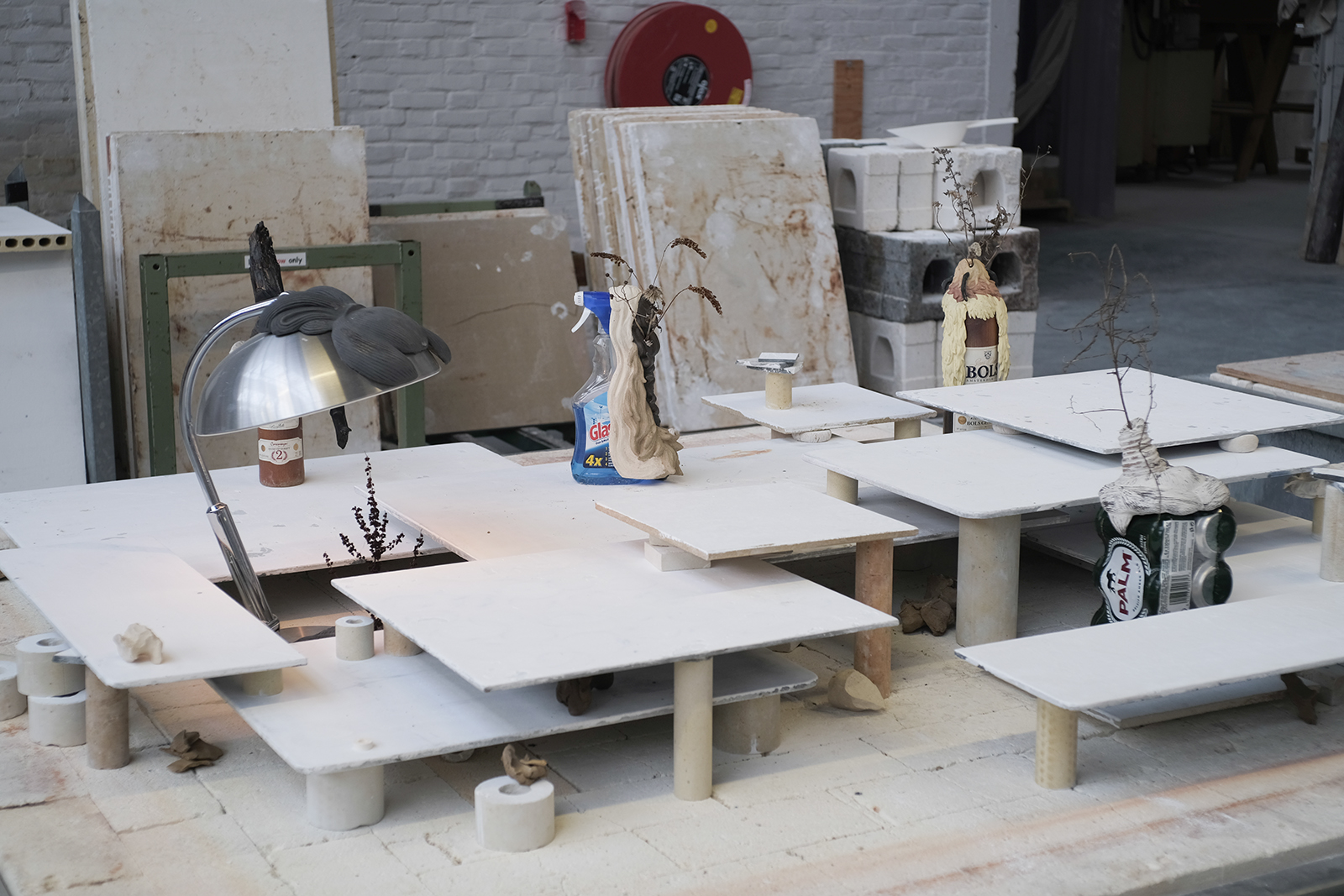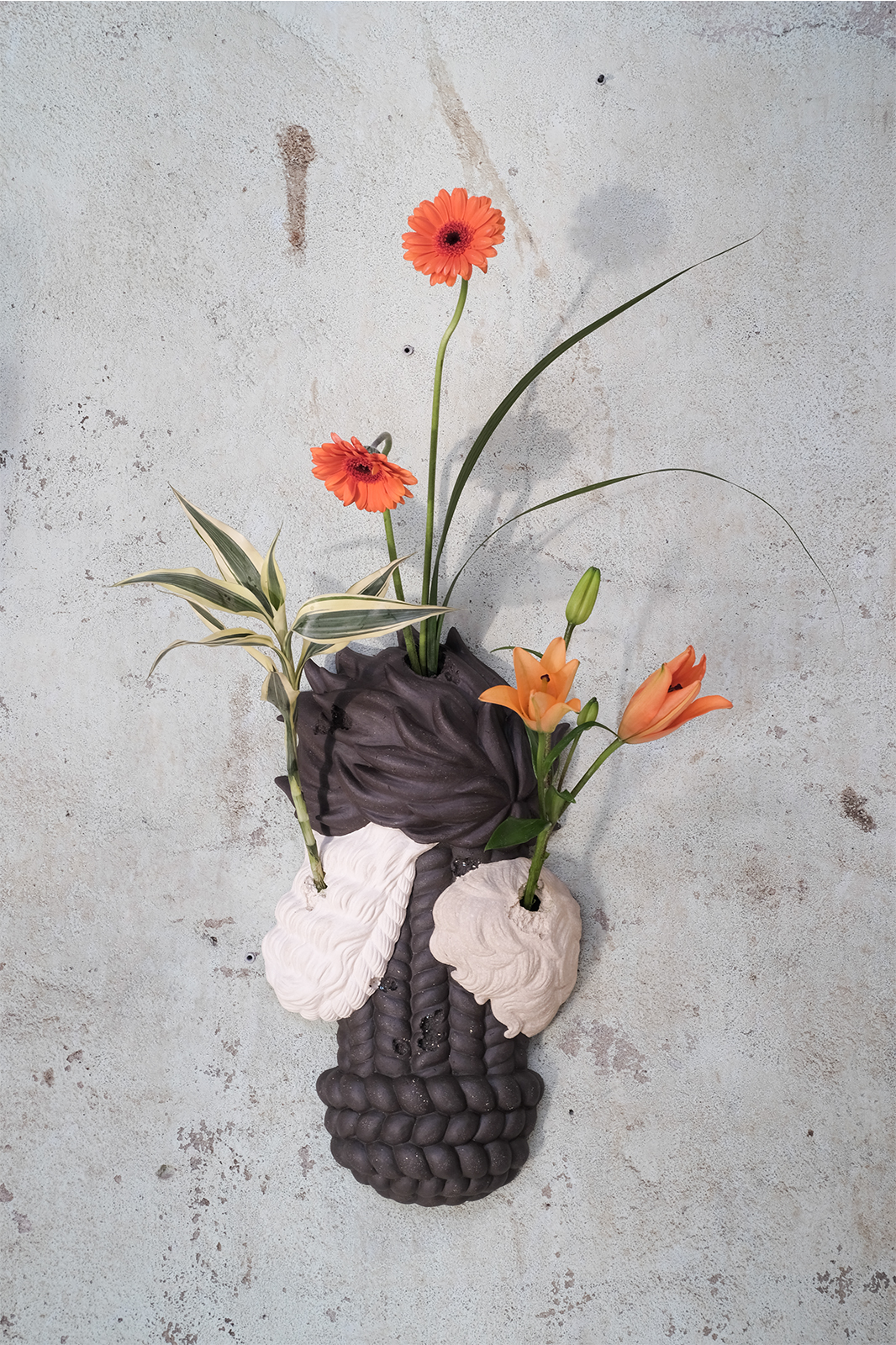Artists
Photo Credit: NIU Chun-Chiang
Syu JiaJhen
Syu JiaJhen
| Location | Netherlands / Oisterwijk |
|---|---|
| Residency | Sunday Morning, European Ceramic Work Centre (EKWC) |
| Year of the Grant | 2021 |
| Personal Website |
Syu JiaJhen 's Personal Website
Syu JiaJhen 's Personal Website |
Artist Statement:
My projects for the residency are "Hair" and "Stalactites" (working titles). The inspiration for "hair" comes from my recent interests in primitive creativity, which means the shaped objects generated by the inner sensibility of nature, belief, life, and tribe at various stages of civilization, especially the "prototype of human" in different ethnic groups. The way it is characterized by its inherent character. The series "Hair #1" is the extension after studying statues of various civilizations. The relationship between subject and object is replaced when the human figure is removed and only remains hair on a sculpture. The hair seems to become an independent life form. This organic form enchanted me. The way I'm shaping these hairs, stacked or pushed against each other, is like the movement between the plates and the equal existence of this material in human history.
The "Hair #2" series is composed of ready-made objects, withered plants, pottery hair, and bionic shapes, with a touch of surrealism. In this series, I treated real-life objects as cultural relics and designed their hairstyles to make them unique and living.
During the artist residency in 2021, I also found that EKWC welcomes and appreciates the creator of contemporary art and interdisciplinary art. In my opinion, this is the right path to break the way from the vertical apprenticeship of traditional ceramic craft and embrace the trend of contemporary creativity. EKWC offers valuable experiences from every technician and resident artist in the past. The rigorous scientific spirit can be seen from soil quality selection at the very beginning to structural shaping, the curve of kiln temperature, and glaze methods.
EKWC is a highly productive and heavy labor force institution. The average working hour of every artist is around 12 hours per day because making ceramic has a lot of details and is cumbersome. It usually takes a few weeks to work on it. So, it is better to come here with a clear production plan. Having time for surveying, research, or relationship building is almost impossible here. EKWC does not arrange connections or cooperation with other local institutions, unlike other art resident organizations. However, if an artist comes here for a settled exhibition, they would make artworks here and ship them to the exhibition venue directly.
Besides, I also observed the differences between European and Taiwanese art institutions. Several European institutions had to thrive in their way. They not only compete with other organizations but also strive to be an iconic art institution strategically. In this way, an artist residency program could practically benefit an artist's future career. Rather than the program of art villages, artists simply write an essay about art plans to gain living allowances.
Author: Syu JiaJhen
Edited: Brix




